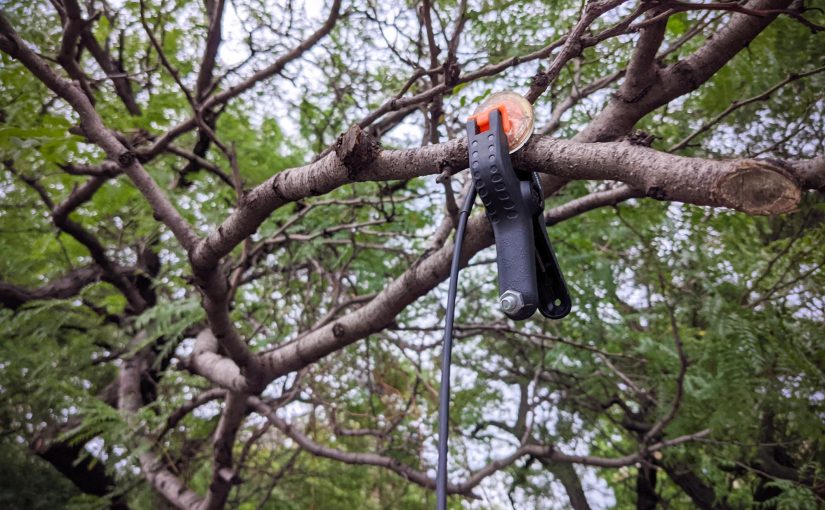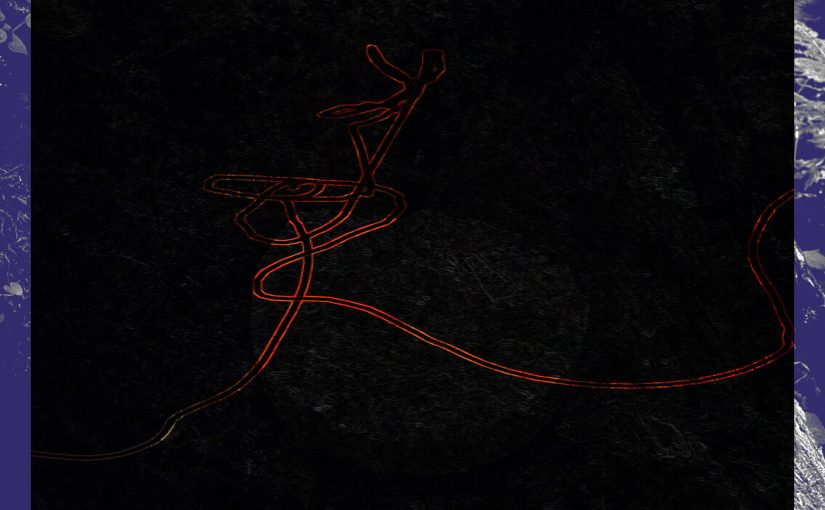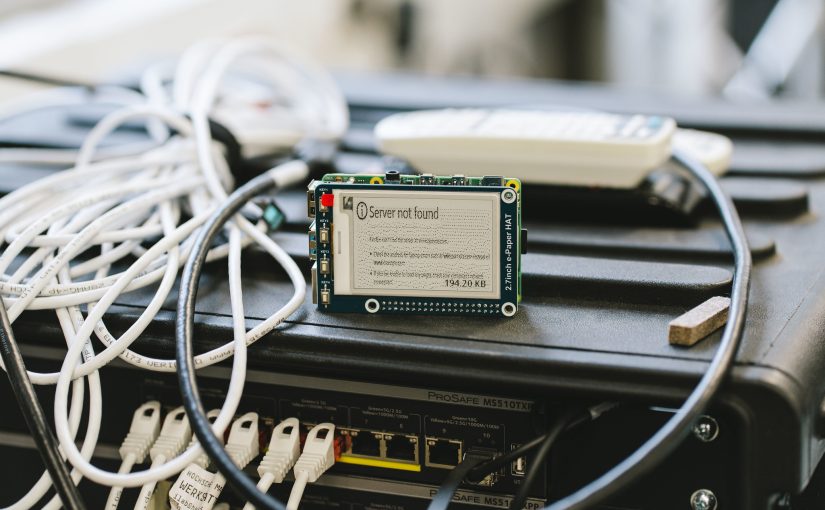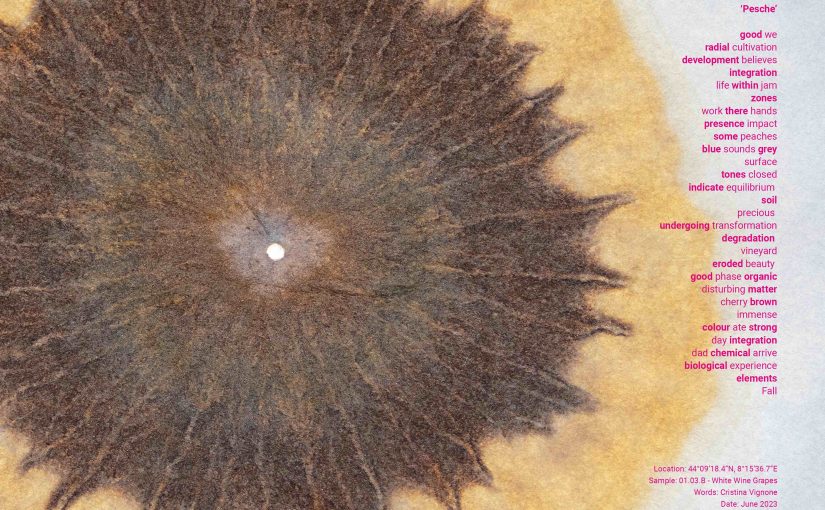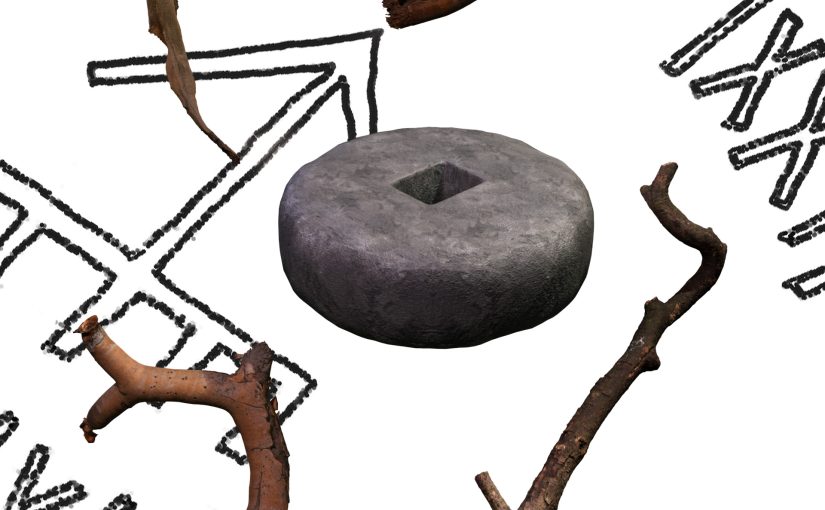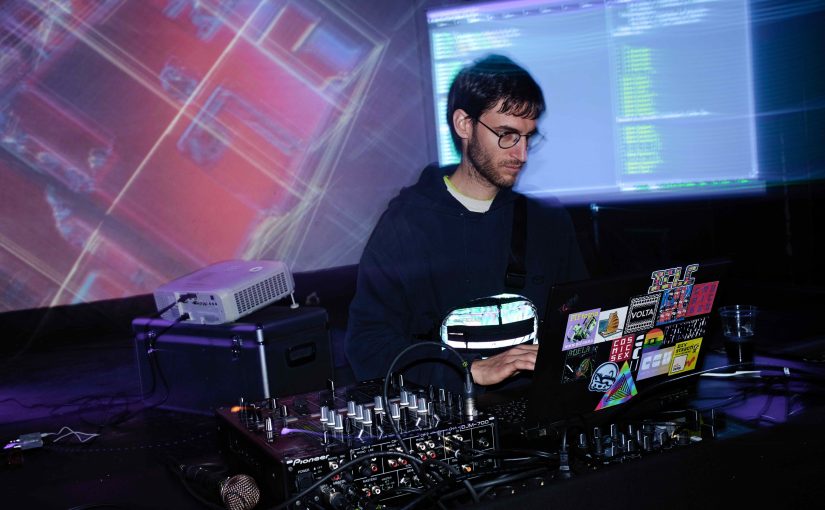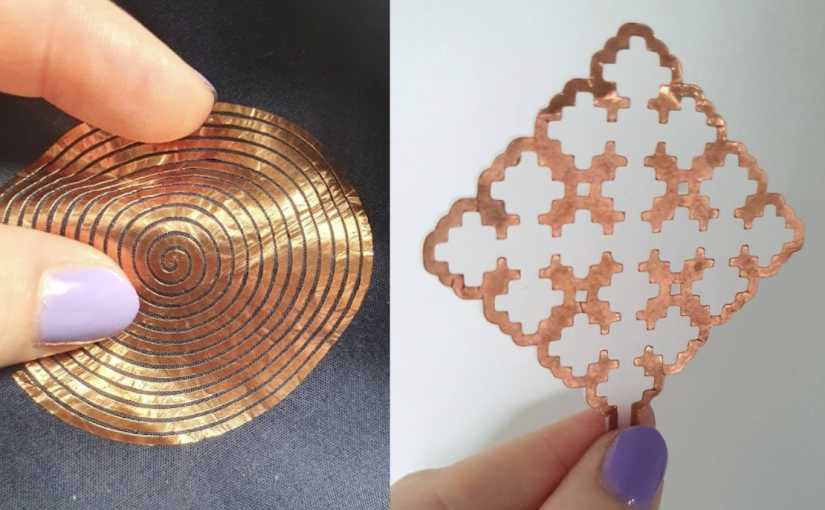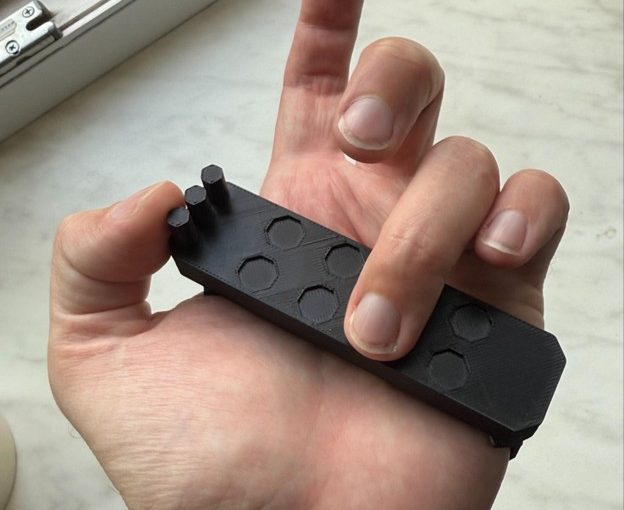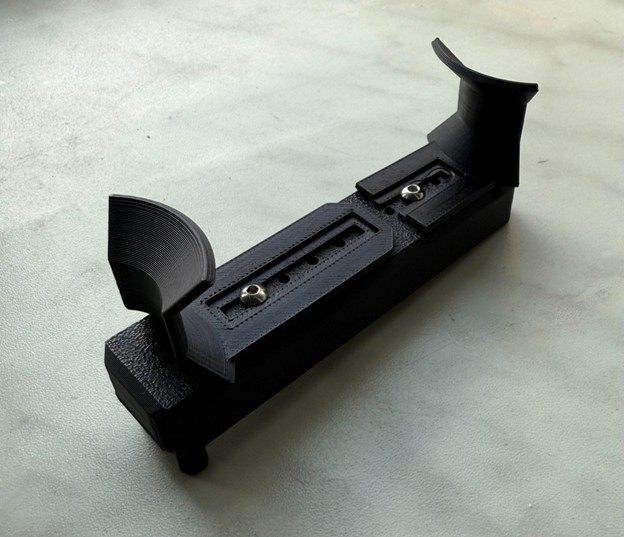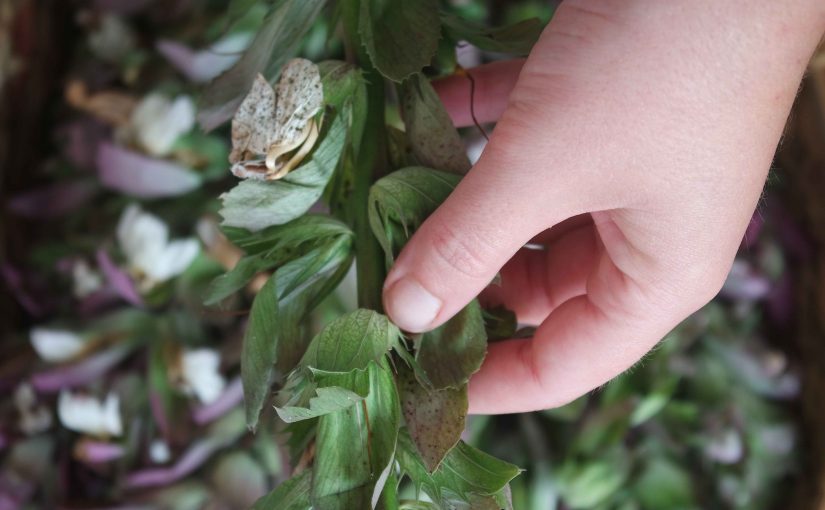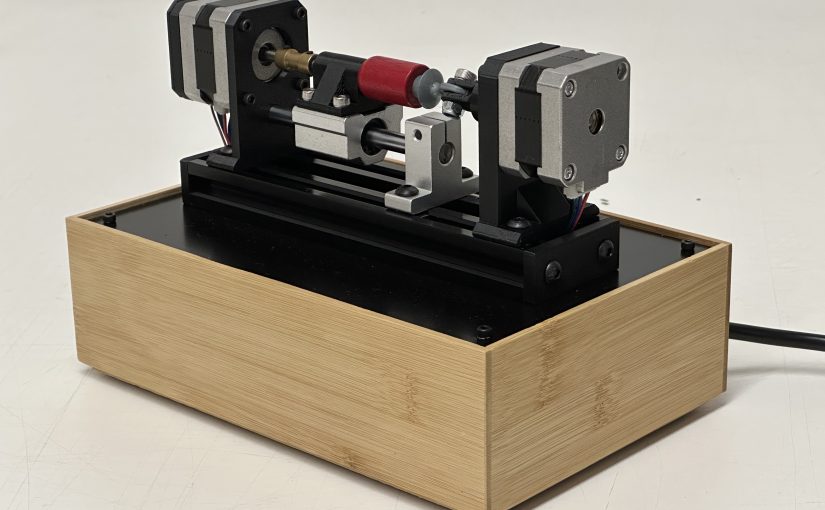Zach Poff is a media artist and educator who builds expanded field recording devices such as contact microphones, hydrophones, ultrasound devices, and RF and light listeners to reveal hidden aspects of the environment, similar to how a doctor’s stethoscope probes the systems of the body. This “listening with other ears” helps him de-center his human perspective and imagine alternative ways of inhabiting the world.
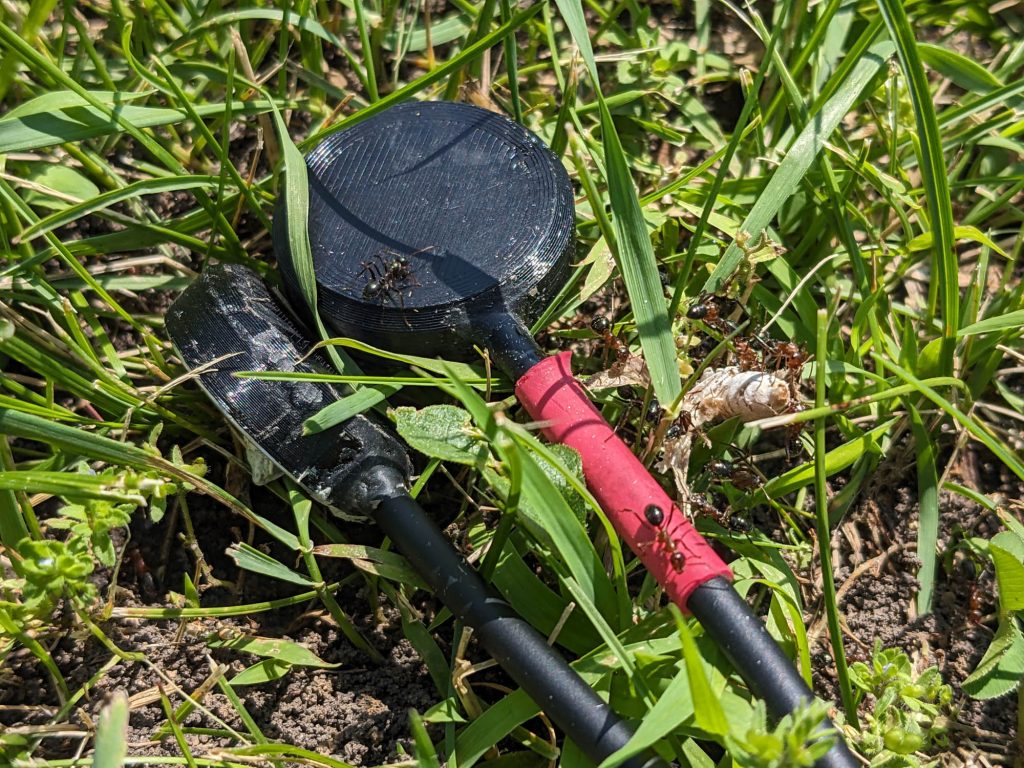
At PIFcamp, Zach plans to continue this research with a specific focus on ultrasound. He has been developing techniques using DIY microphones and custom software to live-stream the sonic activity of bats in real-time. By doing so, he makes these usually hidden creatures “visible” through sound and explores the vast differences between bat and human perception timescales in an aesthetic way.
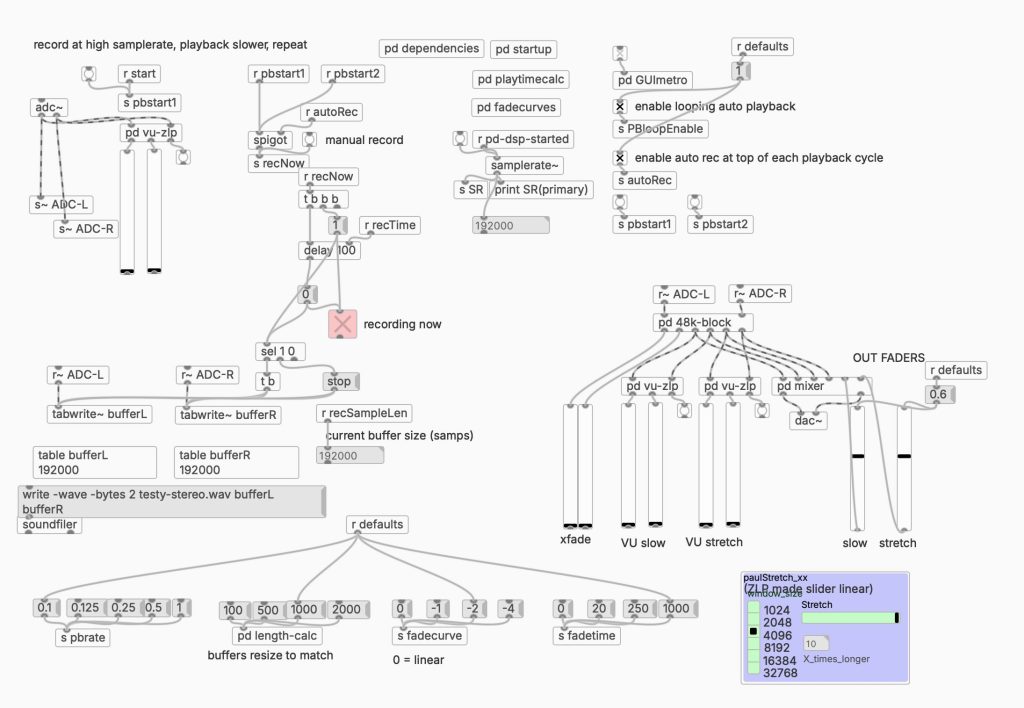
In addition to this, Zach will develop bat-inspired sonic devices where ultrasonic echoes are slowed down so that the resulting acoustics become rhythmic gestures. These devices are designed for both live performance and installation contexts. He also sees many exciting opportunities for workshops and collaborations. These include exercises aimed at “de-familiarizing” familiar spaces through sound, creating compositions for multi-channel audio playback, exploring dance and movement paired with rhythmic spatial feedback, visualizing acoustics, and much more.
